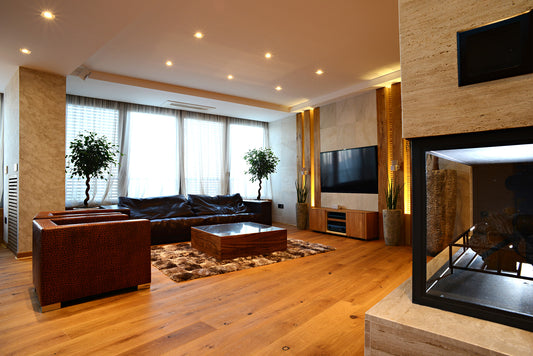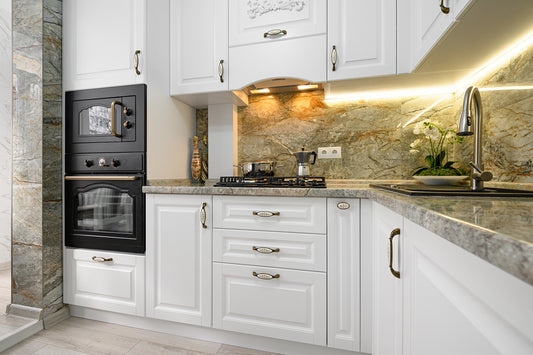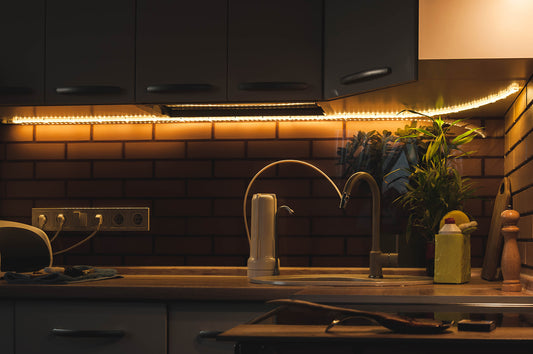The Secret of Biology and Light
Light gives us health. Light, or light radiation, not only affects our visual cortex but also the whole of our alertness, well-being and performance. Our Circadian rhythm and seasonal variation are genetically fixed, but they are regulated to a certain extent by our surroundings, above all by light.
Here's the simplest explanation we can come up with.
If we’ve been properly exposed to blue light prior to sleeping, we have high cortisol and very low melatonin. But when we move indoors, we don’t have that kind of light level anymore. Slowly, the balance changes and becomes the same as how the sun goes down and the moon comes up. And then after six hours that you’ve been deprived from the powerful daylight, you fall asleep.
Amazing, isn't it? Our body knows when it's daytime or nighttime.
If we take a look at the spectral distribution from the Sun, it looks like that it contains a lot of blue, green and yellow light which sort of looks very much like the color of the day. 
The Sun’s spectral distribution
As opposed to the moonlight where it contains a lot of red light and much less blue which, resembles the color of the night. 
The Moon’s spectral distribution
Below is a sample of a 6500K LED light source which is very much like how a normal daylight looks outside.
6500 Kelvin light spectral distribution
When we carefully inspect a 2700K LED light source, it reminds us of an incandescent bulb or a cozy lamp, and it has this distribution below.
2700 Kelvin spectral distribution
This means that 6500K is great during the daytime and 2700 at nighttime.
Taking all of this information at hand, the secret of biology and light is that Biology is all about intensities. On the other hand, if you're all about colors, it’s all about emotions. Emotions equate to light's color temperature.
And if you’re aiming for a viral response, ensure that there is a lot of natural light coming in your space e.g. big windows, take the curtains aside, use white paint on your walls. That’s what triggers biology.
This discovery of certain elements of light radiation affects our well-being that will influence the future design and evaluation of lighting in our rooms.
This may lead to a greater focus on the lighting of our surroundings but also on varying light and its color over time. This will be especially significant in rooms that don’t have a supply of natural daylight.
Within healthcare, light has long been used for the medical treatment of skin conditions and in order to reduce the effects of SAD (Seasonal Affective Disorder). It’s safe to say that in the future, lighting planning will be more focused on visual, biological and emotional aspects.
How do you plan for lighting in your home or space?
FOLLOW us on Facebook or Instagram to know the right type of lighting that can improve your well-being and job satisfaction at work or at school!




